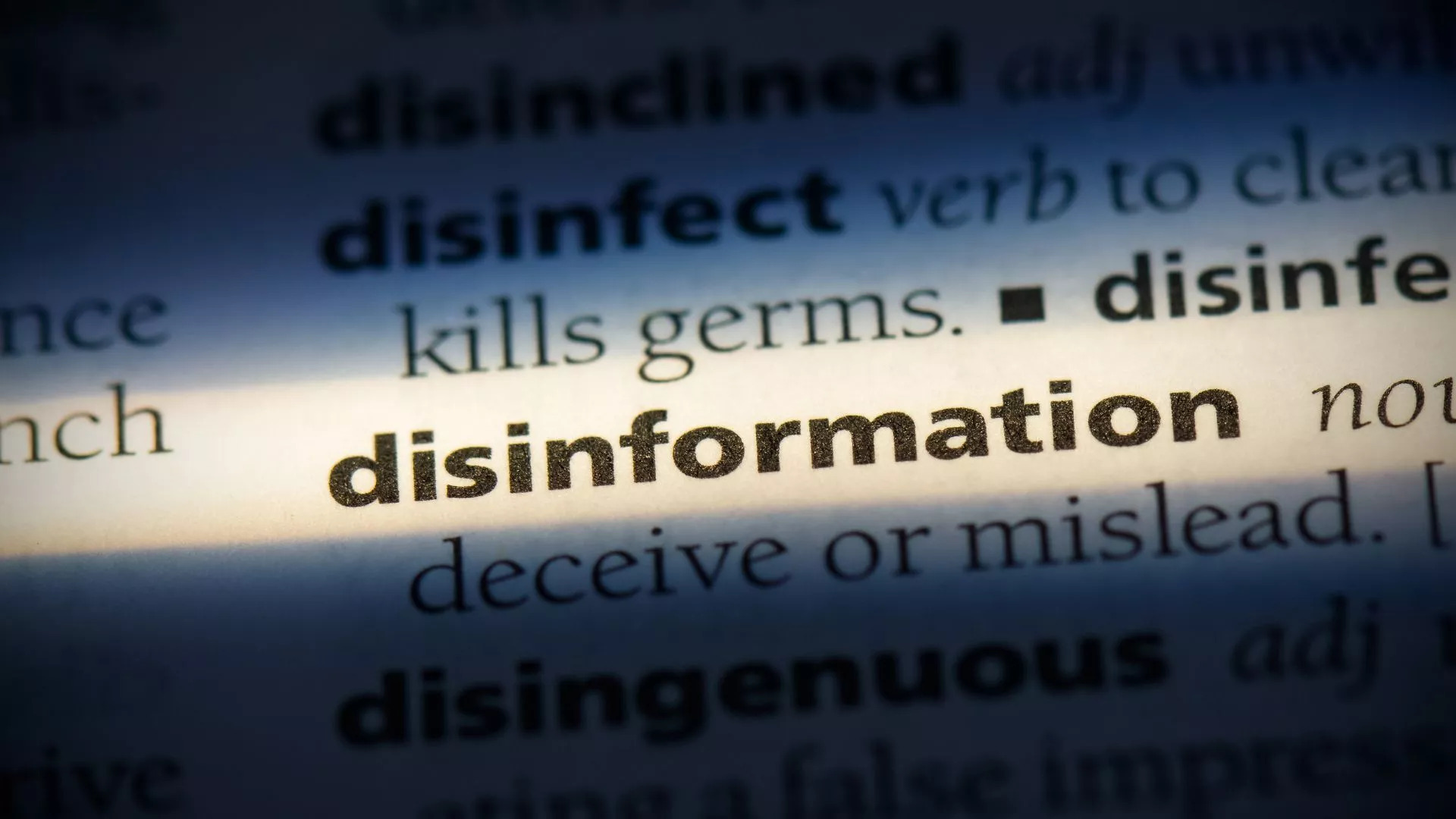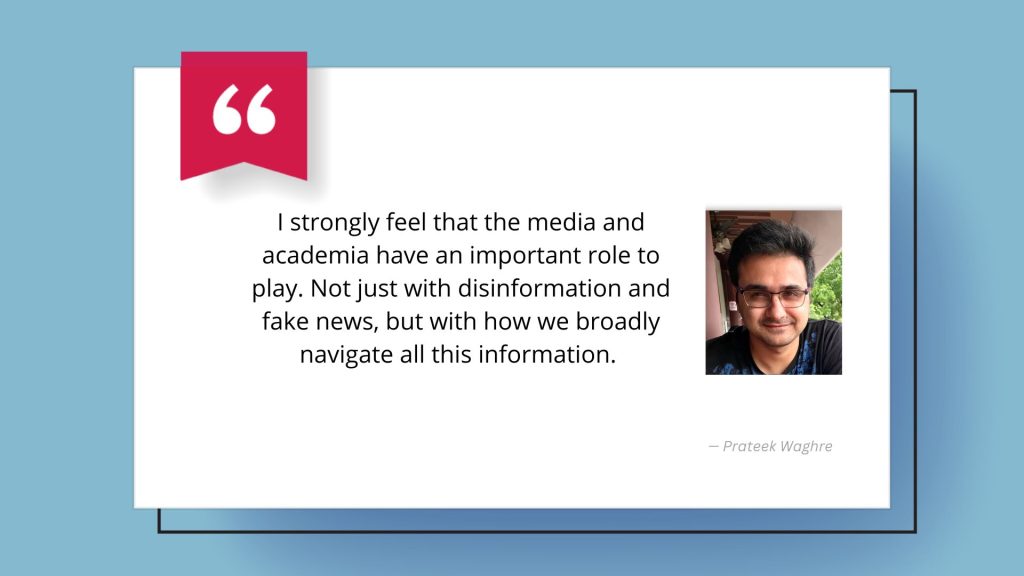IVLP alumnus Prateek Waghre talks about the changing information ecosystem and the role of the media and academia in keeping news real.
May 2023

(© Casimiro PT/Shutterstock)
From nanochips embedded in currency notes to home remedies for COVID-19—there is a regular flow of attention-grabbing, at times misleading, headlines on multiple platforms.
This phenomenon, while not new, has gained in speed and scale in recent years, according to Prateek Waghre, policy director at Internet Freedom Foundation, a digital rights advocacy organization based in New Delhi.
Waghre recently participated in a U.S. Department of State International Visitor Leadership Program (IVLP) on “Identifying and Combating Disinformation in the Quad.” The IVLP offered participants from India, Australia and Japan a platform to engage with U.S. counterparts, learn from each other and take back tools to effectively combat misinformation and disinformation in their respective countries. The IVLP is a professional exchange program with short-term visits to the United States.
Excerpts from an interview with Waghre.
Why is mis- and disinformation a cause of concern?
This has many layers. People will tell you that spreading false information has always been a feature of civilization. We might have been calling it disinformation over the last decade, but propaganda has existed for decades.
Advertising, even before its digital avatar, has been about convincing people to make certain decisions. The news and entertainment industries have largely sought to get people to “consume” more by grabbing and holding their attention.
Does that mean nothing has changed? Of course not. Due to the speed, scale and democratization of information production—enabled by internet penetration, device ownership and social media—many of the spaces we inhabit have become information-abundant.
The question is, at what level are these a problem? This is where there is some difference of opinion. Are they, as many put it, a threat to democracy or symptoms of deeper problems like existing social divisions and low information literacy?
What trends and technologies to combat disinformation did you learn about during the IVLP?
There were a lot of very insightful meetings, but the one I was the most encouraged by was the one with the Center for an Informed Public at the University of Washington. Some of their frameworks and literacy models appear to hold a lot of promise.

What is your biggest takeaway from the IVLP?
My biggest takeaway was a better understanding of how American society functions. Growing up in the 1990s in India, I had a fair deal of exposure to American pop culture.
Immersing yourself in a country for three weeks is a different experience—it opens you up to experiences and a nuanced understanding. Of course, you can never claim to fully understand a diverse country in just three weeks—I can’t even make that claim about the country I’ve lived my entire life in—but I do have a better appreciation for many things I probably didn’t before.
How can the media and academia help in combating disinformation and fake news?
I strongly feel that the media and academia have an important role to play. Not just with disinformation and fake news, but with how we broadly navigate all this information. Both inform our understanding of the changing information ecosystem, and how those changes are shaping us.
Academia’s role and requirements were summed up rather well in a paper titled “Stewardship of Global Collective Behavior” which called for the need to prioritize the study of the information ecosystem and its evolution as a crisis discipline.
The media needs to tell us broader and more diverse stories. It needs to rethink the consequences of how stories are framed, the downsides of not providing the full context to a story, and even fundamental questions of when something should be amplified or not.
These are, no doubt, questions that dedicated journalists in newsrooms grapple with every day, but these are, in most cases, in conflict with incentives for speed that drives most of the industry.
Academia needs to speed up, and the media needs to slow down.
Natasa Milas is a freelance writer based in New York City.
COMMENTS